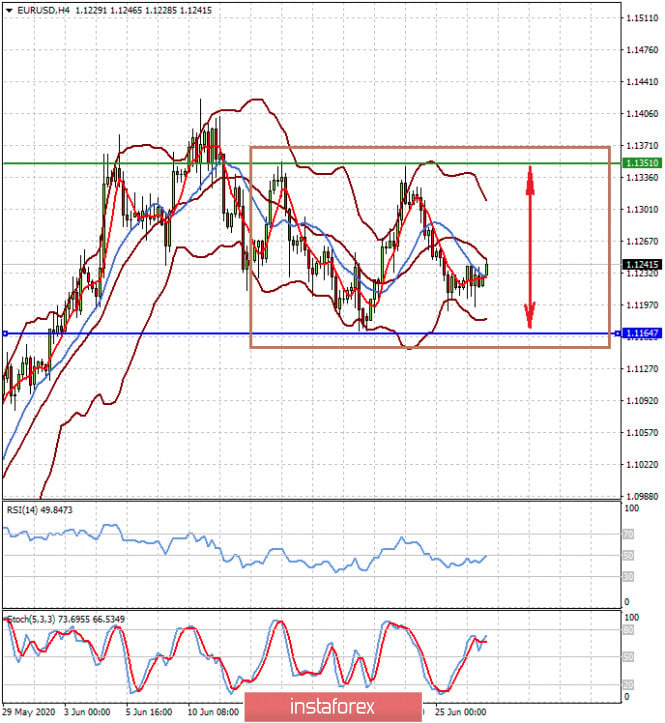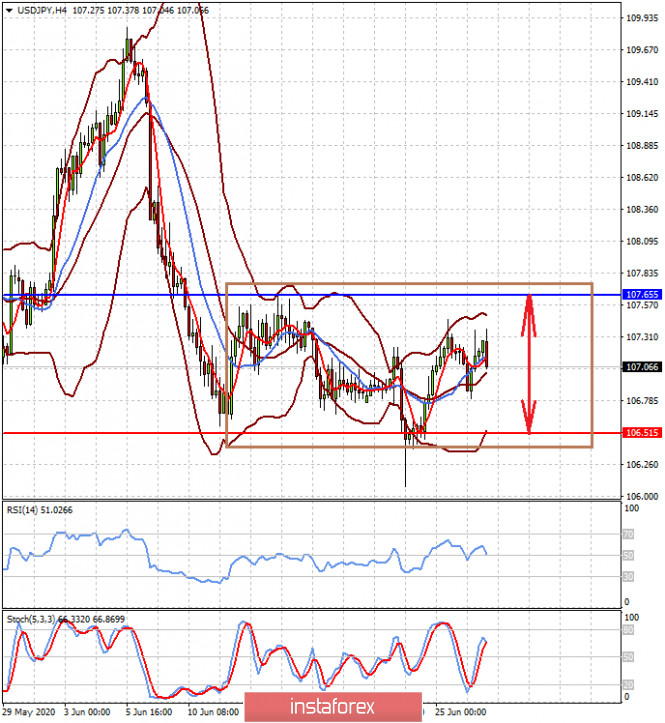The end of the month showed how sharply the mood of investors can change under the influence of an external factor – coronavirus infection.
If the month started on the wave of markets continuing to play the topic of opening the economies of economically developed countries after the introduction of previously strict quarantine measures, then the situation began to change markedly in the opposite direction by the end of the month. The reason for this was a sharp increase in the spread of COVID-19 in America. At the same time, Black protests played a significant role in this, as well as the growth of chaos in the country amid the rise in the number of robberies and violence. The continuation of these processes has not come to naught and remains an important negative factor. Of course, the worsening situation with the coronavirus pandemic could not pass unnoticed. It led to partial profit-taking in equity markets and increased demand for safe haven assets, including the US dollar, government bonds of economically strong countries, and gold.
At the moment, there is an ironic picture in the market. The data from economic statistics in the United States indicate a steady economic recovery, which in the absence of coronavirus pressure would definitely stimulate the growth of demand for risky assets while weakening investor interest in protective assets. But this does not happen precisely because of continuing fears that the continuation of the severe pandemic in America could force local authorities to tighten quarantine measures again, especially since several regions and large cities in the country have introduced restrictions. So New York and New Jersey imposed restrictions on visiting from outside and bars have closed in Florida. So far, the market ignores not only clear signs of recovery of the national economy, but also D. Trump's statements that "the economy will not be closed again".
Between two really existing processes - the restoration of economic activity and fears of COVID-19, investors choose the latter. In this regard, the question arises, how long can all this go on?
In our opinion, if the consequences of the pandemic do not lead to severe social upheaval and chaos in the United States, the process of restoring the growth of the US economy in the second half of the year will stimulate an increase in demand for stocks of companies, a decline in market interest in government bonds and the dollar as a safe haven currency. Our scenario for a prospective weakening of the US currency is still valid. We believe that in July, its decline against the basket of major currencies, will resume.
Forecast of the day:
The EUR/USD pair remains in the range 1.1165-1.1350. The pair is expected to remain in this range until the publication of new data from the US labor market.
The USD/JPY pair is also in the range of 106.50-107.65. The uncertainty factor for the further development of the situation around the impact of COVID-19 on the US economy is likely to force the pair to remain in this range until the end of this week.


